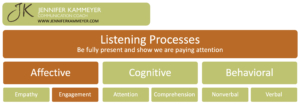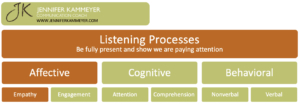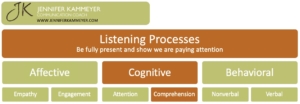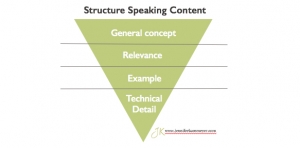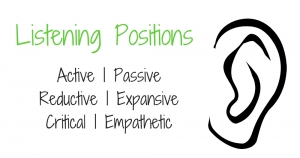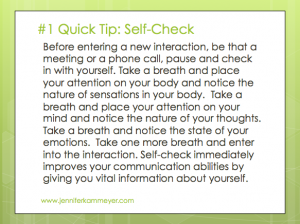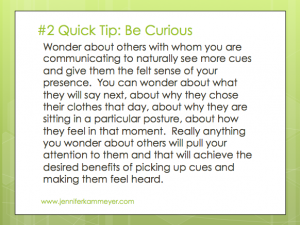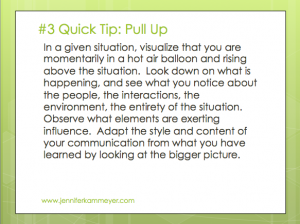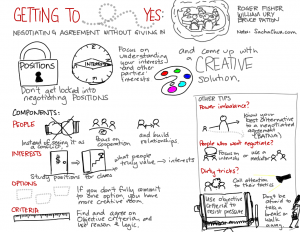Poised to Influence
We have all been impressed by somebody who is well poised and captivates the room when speaking. We too can be poised and influence others by deliberately using our body language to improve communication.
When seeking to get others to understand our point of view, our tendency is to focus on content. We take the time to fully form ideas and chose words to best express those ideas. Of course, the content is very important. But we are missing a critical element if we don’t spend the time to decide on the best nonverbal communication for influencing our audience. Research shows that “Body language, spatial language, and appearance language were found to have significant effects on customer trust.” 1
Nonverbal communication has six elements, academically called appearance, paralinguistics, kinesics, chronemics, proxemics, and haptics. In every-day terms this is what we wear, how we say things, our movement (posture, gestures, and facial expressions), our use of time, our use of space, and touch. All these elements are in play when we communicate whether we are paying attention to them or not. Better to pay attention.
To intentionally use nonverbal communication to influence others, the first step is asking ourselves about the situation and the second step is choosing techniques that increase our chances of being heard and understood.
The Situation
Answering the following questions will give us the data we need to make appropriate choices for our body language.
- What is the mode of communication (in-person, video, phone)?
- What is the environment (large auditorium, conference room, public space, many individuals on video)?
- Who is the audience (current level of understanding, level of receptiveness, demographics, relationship to us)?
- What do we seek to change (attitude, belief, value, behavior)?
Nonverbal Techniques
Our nonverbal communication can be shifted to influence the audience while still staying true to ourselves. It is not about playing a part, but rather being intentional given what we learned from answering the questions above. Here are a few techniques to try for professional communication to influence others in business.
Alter Speed, Pitch, Volume
- When sharing a new concept or something important, slow down and deepen voice pitch to convey gravity and significance.
- To generate excitement, speed up and use a higher pitch.
- Vary the volume getting quieter to pull people in and then louder to emphasize points.
Move Around
- To gain authority, stand in front of the room or on a stage.
- Stand with legs hip width apart and step one foot forward while making a point to stress importance.
- Avoid pacing as that indicates nervousness and distracts the audience.
- In a conference room, to differentiate groups, sit across the table. To build camaraderie, sit beside people.
- Lean forward to show interest, lean back slightly to show listening, and lean back far to show dominance.
Be Expressive
- Use face and hands to express meaning that complements word choice.
- Smiles and raised eyebrows imply friendly and open, which encourages others to share.
- When we don’t smile, we are more likely to be taken seriously.
- Hands apart and up imply receptivity, lightly together imply active engagement, and firmly clasped imply tension.
- Hands can be raised to show an increase, drawn apart to show expansion, and moved toward one another to show unity.
- Pointing is condescending, but fingers together moving slightly demonstrates importance of the content.
There are many ways that people express and interpret nonverbal communication. It certainly varies by culture, so these techniques are just a few examples of what is effective. The important take-away is to be informed about the situation and be intentional about how we communicate nonverbally. Adding deliberate body language to our well-crafted words makes us poised to influence others.
-
Yoon, S., Kim, S., Kim, J., & You, Y. (2016). A study on the Impact of Consultants’ Nonverbal Communication on Customer Satisfaction, Trust, and Long-term Relationship Orientation of the Client Firm. Indian Journal of Science and Technology, 9(26). https://doi.org/10.17485/ijst/2016/v9i26/97287

